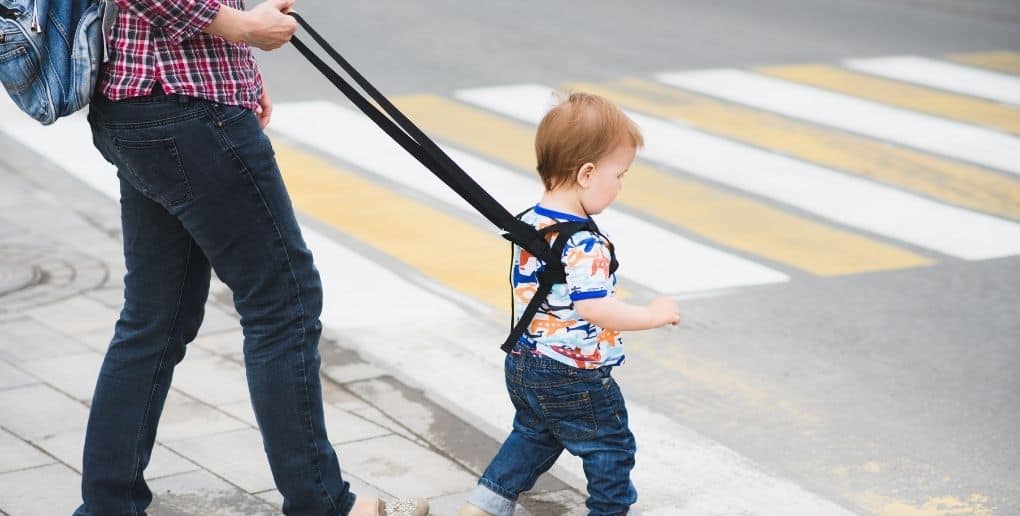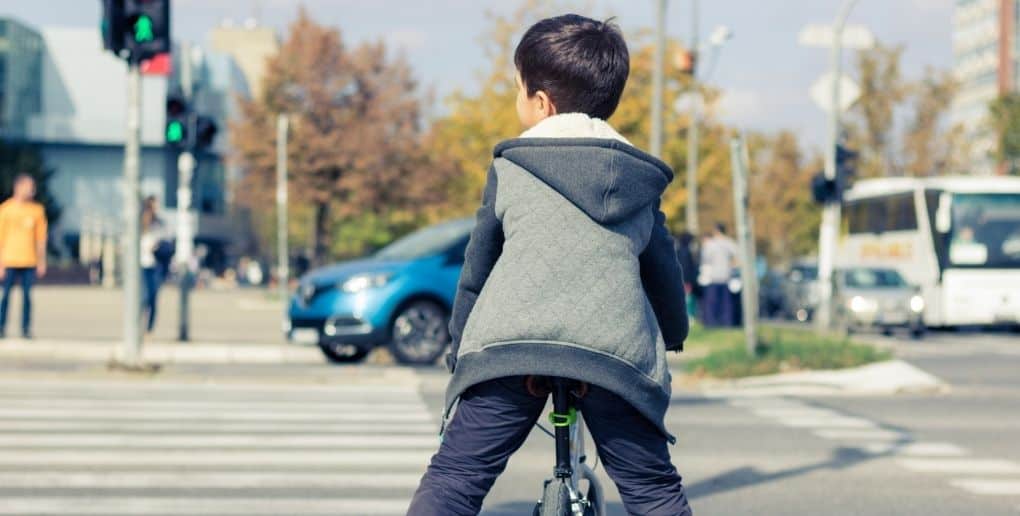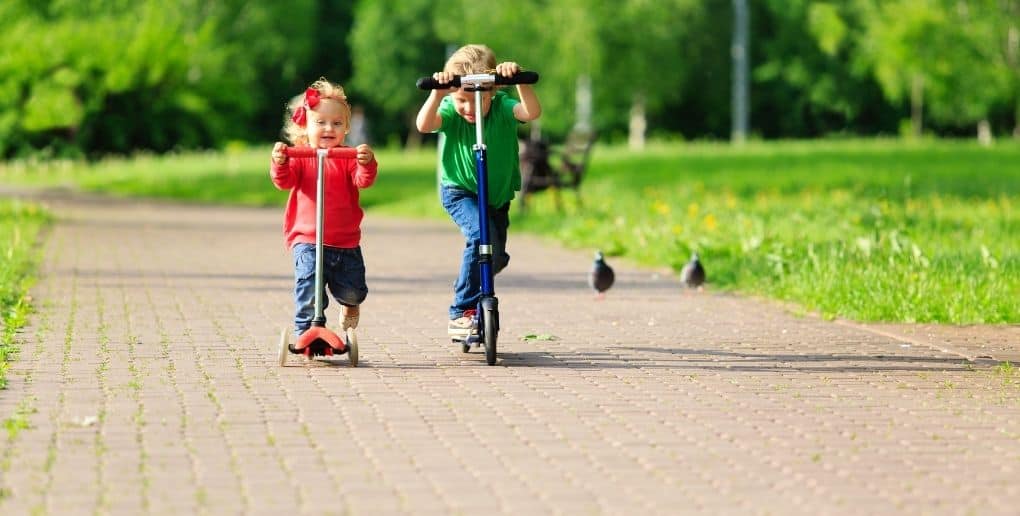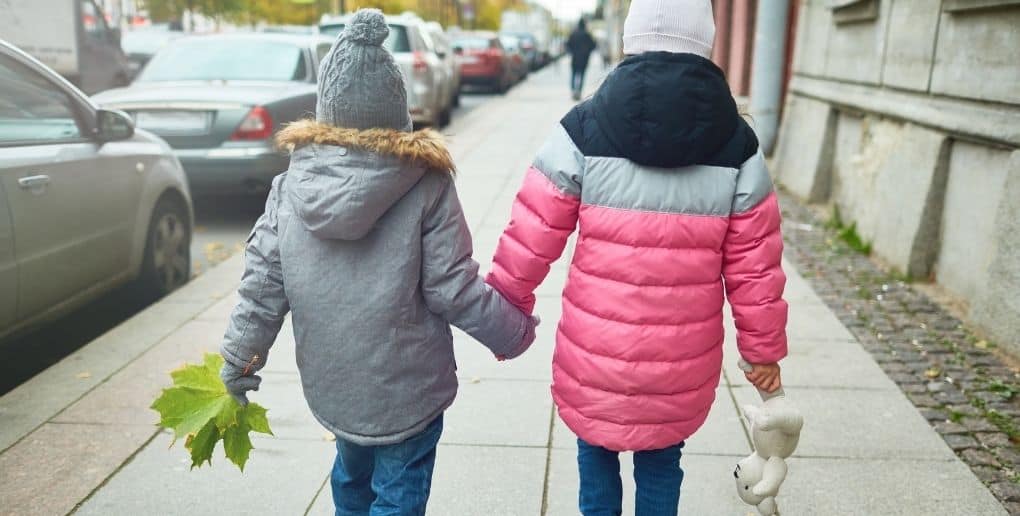
What type of city do we want for our children?
4 minutes of reading
in partnership with


Given that the majority of the world’s population will soon be living in urban areas, it is increasingly necessary to rethink our town planning so that towns and cities more closely reflect the needs and requirements of younger children.

The UN estimates that 54% of the world’s population currently lives in urban areas. By 2050, this figure will probably exceed 66%, officially representing two thirds of humankind. This means that more and more of us are migrating to urban areas, abandoning the countryside and rural life.
This exodus to the cities has contributed to the creation of metropolises and megacities which are extremely dense and attractive as they are full of life and possibilities. The city offers a vast range of cultural and commercial opportunities as well as professional opportunities as the majority of economic activities are concentrated in urban areas.
However, in recent years, the negative externalities of these vast asphalt expanses have become apparent: atmospheric pollution, susceptibility to flooding and extreme heat, lack of biodiversity etc.
These externalities can be explained by the fact that today’s towns and cities were mainly built for private cars during the 1960s and 70s, to the detriment of public transport and walking. Indeed, with their networks of major traffic arteries they leave little room for pedestrians. When it comes to paving and public highways, roads and parking occupy between 50 and 80% of available space.
This development of car-oriented cities raises another issue: that of vegetation. Apart from a few trees positioned along the roads, old-style urban planning has gradually compartmentalized nature, relegating it to enclosed, confined areas: a few parks, public gardens and the occasional remodelled embankment. Cities suffer from a deficit of nature which makes them very concrete-heavy, producing an urban heat island effect: temperatures within the city are higher than in outlying areas, which makes them stifling in summer.
And finally, of course, towns and cities have been built by adults for adults. In fact, most of the leisure and recreational facilities available are forms of adult entertainment: cafés, bars, restaurants, theatre and concert venues, museums, nights clubs etc. At the same time, there is a cruel lack of space and shortage of play areas designed exclusively for children – gardens, parks and nurseries. So, if most of us are going to be living in the city in the future, it may well be time to rebalance public space to include younger children.

 According to the English researcher, Tim Gill, who has published on this subject, a child-friendly city is primarily “a city where they can play, move around, socialize and make the most of the facilities.” Developing child-friendly cities would mean conducting a comprehensive review looking at ways in which to rebalance public space and how young people can move about safely.
There are several ways of doing this: pedestrianizing roads around schools as well as pedestrianizing streets at certain times (for example at the weekend when children need to play). It would also mean reducing the speed of motorized vehicles in cities to improve road safety, introducing safe cycle paths and creating green space and play areas for children in towns and cities.
According to Tim Gill, there is also important work to be done when it comes to redesigning those areas used predominantly by children – spaces in which they can socialize and flourish: namely, schools and the school environment, squares, public parks and sporting facilities. This is a concern that is also shared by the general public. According to a study carried out by the Harris Institute for UNICEF, 7 out of 10 parents admit, for example. to being worried about air pollution around schools and nurseries.
And who can blame them? According to Ademe, collectively, we make 26 million trips a year to drop off or pick up our children from school. In fact, cities such as Paris, Tours and Nantes have recently introduced initiatives partially or fully pedestrianizing the areas around schools.
Similarly, there is also a movement to dig up school yards and transform them to fun areas where you can grow fruit and vegetables, for example. There are also other initiatives aimed at redesigning school yards, converting them to community spaces where children can go at the weekend – with or without parents – to have fun in a safe environment.
According to the English researcher, Tim Gill, who has published on this subject, a child-friendly city is primarily “a city where they can play, move around, socialize and make the most of the facilities.” Developing child-friendly cities would mean conducting a comprehensive review looking at ways in which to rebalance public space and how young people can move about safely.
There are several ways of doing this: pedestrianizing roads around schools as well as pedestrianizing streets at certain times (for example at the weekend when children need to play). It would also mean reducing the speed of motorized vehicles in cities to improve road safety, introducing safe cycle paths and creating green space and play areas for children in towns and cities.
According to Tim Gill, there is also important work to be done when it comes to redesigning those areas used predominantly by children – spaces in which they can socialize and flourish: namely, schools and the school environment, squares, public parks and sporting facilities. This is a concern that is also shared by the general public. According to a study carried out by the Harris Institute for UNICEF, 7 out of 10 parents admit, for example. to being worried about air pollution around schools and nurseries.
And who can blame them? According to Ademe, collectively, we make 26 million trips a year to drop off or pick up our children from school. In fact, cities such as Paris, Tours and Nantes have recently introduced initiatives partially or fully pedestrianizing the areas around schools.
Similarly, there is also a movement to dig up school yards and transform them to fun areas where you can grow fruit and vegetables, for example. There are also other initiatives aimed at redesigning school yards, converting them to community spaces where children can go at the weekend – with or without parents – to have fun in a safe environment.


AlexandrGrant, Canva
The outer suburbs: role models?
This need for rebalancing is very apparent when you analyse changes in population mobility in large French cities. Today town centres attract lots of young professionals but are also losing lots of young parents who, as soon as they have children, move out to settle in the outer suburbs. For example, according to figures from its Town Planning Agency, every year the city of Nantes “casts out” nearly 2,000 young couples with children who relocate to outlying areas. In some towns and cities (Nice, Grenoble, Metz and Toulon) more people are leaving for the suburbs than moving to the centre. Why? Because suburbs are less densely populated and built-up, they offer a way of life that is better suited to bringing up young children: houses with gardens, less noise, fewer cars, less pollution as well as increased safety and enhanced well-being. All of which raises a series of major questions: Is today’s city, the type of city we really want? Do we need to follow the example of smaller towns and villages and adapt our urban planning to make our large cities and towns more child-friendly? And, most importantly, what constitutes a child-friendly town or city?
Nadheza126, Getty images

shironosov, Getty Images
What if children could also play a role in helping to shape our cities?
At a time when environmental concerns are gaining ground, many observers agree on one thing: the principles underpinning the creation of a child-friendly city are largely consistent with the principles for sustainable cities that are currently emerging: the idea of the 15 minute city where everything is easily accessible; a calm city where public space is equally shared between pedestrians, cyclists and drivers; a green city that accords importance to biodiversity; and a sharing city which emphasizes good will and collaboration. But a child-friendly city is also a city where communal areas are designed in an inclusive way by and for children. In 2017, for example, the city of Oslo developed a mobile app called Trafikkagenten (Traffic Officer) where children could report to the council any hazards they encountered on their way to school, information which could then be used to improve these roads and routes. It is a collaborative way of implementing landscaping and designs that takes account of the child and his or her concerns. This type of initiative is similar to a pilot programme carried out in Basel in 2018, called “les yeux à 1,20 m” (at an eye level of 1.2 m – a child’s eye level). The aim of the programme was to help develop urban projects designed from a child’s perspective. You can also find similar pilot projects in France, particularly associations involved in designing streets or school yards, working in collaboration with young children. The 2020 pandemic – particularly after the first lockdown – presented many cities with an opportunity to create more pedestrian areas, and develop cycle paths, terraces and other meeting spaces which help make the city a more pleasant and accessible place for youngsters. Projects of this type need to be intensified in the future so we can make even greater progress in this critical area.More reading
Read also




What lies ahead? 7 megatrends and their influence on construction, real estate and urban development
Article
20 minutes of reading

